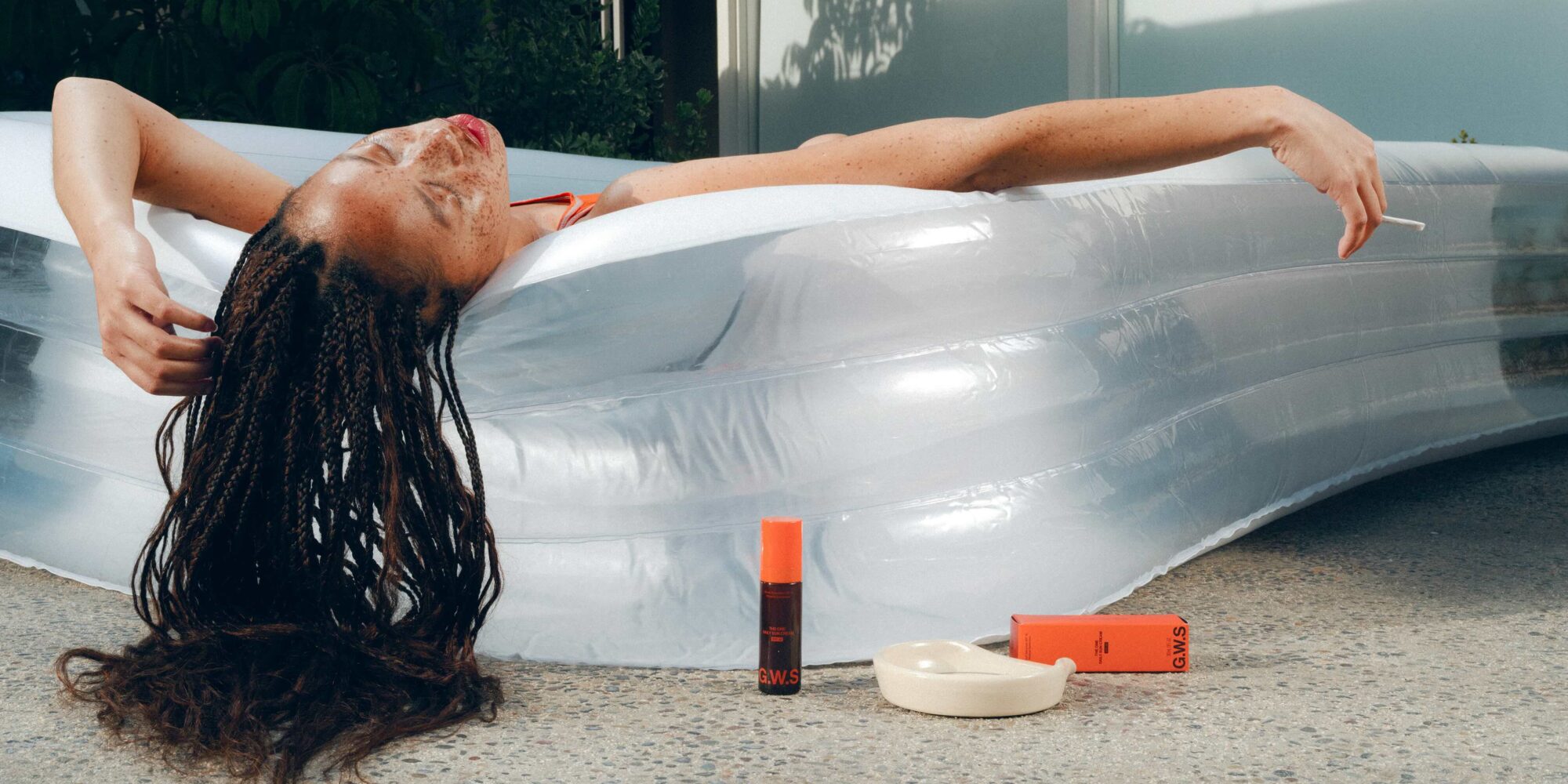
Everlane Alums Give Mineral Sunscreen A Luxury Skincare Twist At New Brand Good Weather Skin
For most of its nearly century-long history, mineral sunscreen has often been considered an objectionable, utilitarian basic rather than an aspirational totem, but new brand Good Weather Skin is giving it a modern-day makeover to change that.
“Some people have very negative connotations around either the texture or form, about it not being something they want to reach for,” says Franchesca Hashim, who’s launching the brand with Alexandra Spunt. “How do you then create a brand experience that feels incredibly appealing and a little bit sexy, a little bit fun, a little bit indulgent?”
Hashim and Spunt seem perfectly cast to answer that question by elevating a sunscreen basic. They’re alums of Everlane, the millennial-approved minimalist clothier that for a while out-Gapped Gap, where Hashim was formerly head of brand marketing, a role she previously held at Airbnb and MasterClass, too, and Spunt was formerly chief creative officer after leading creative at American Apparel. Throw in that Spunt co-wrote, “No More Dirty Looks,” practically scripture for clean beauty’s lighthouse customers, and they have beauty bona fides to boot.
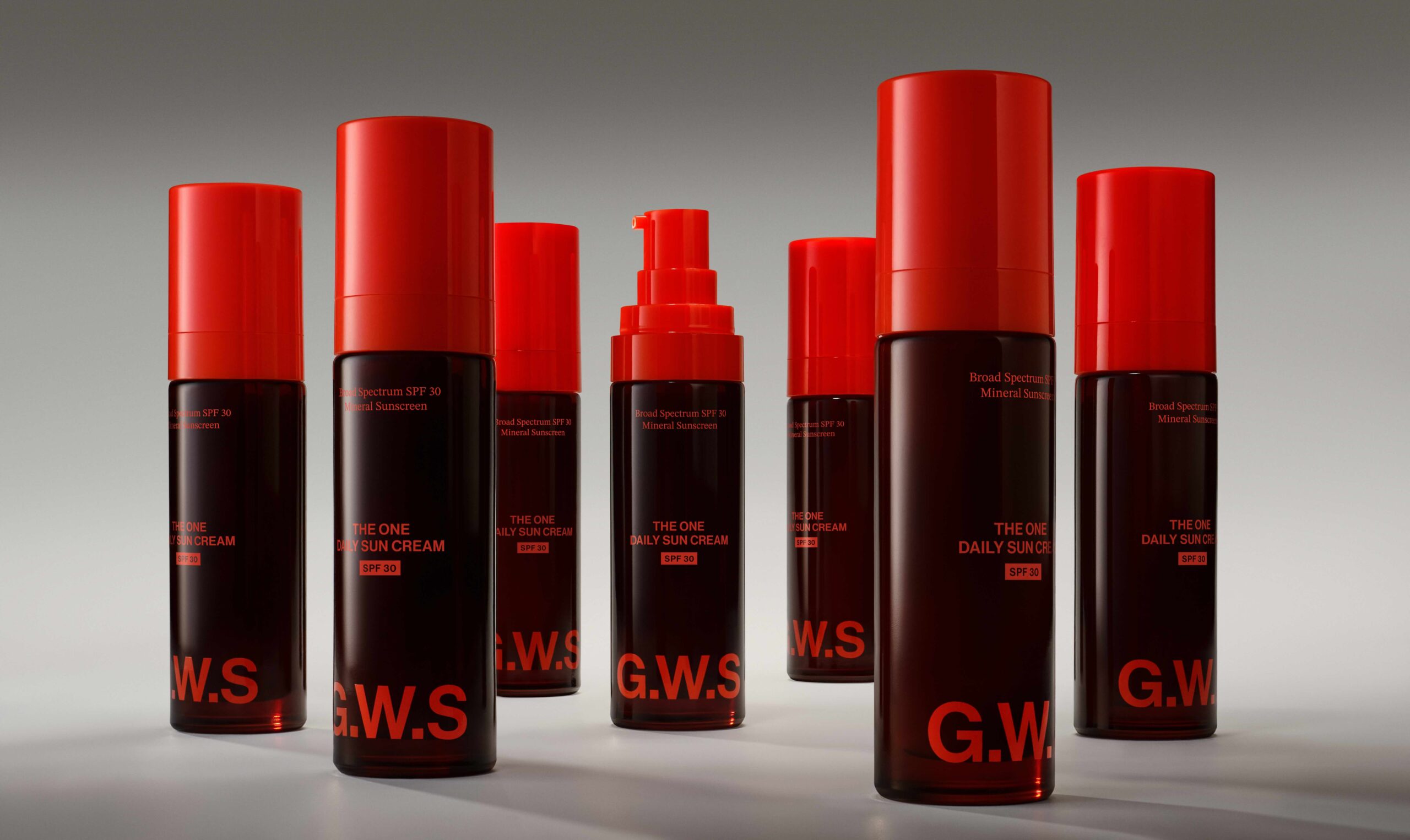
Good Weather Skin is creating a covetable brand experience at the start with a single $48 signature zinc-based sun care product, The One. The product is amped up with skincare actives such as peptides and niacinamide and comes in a glass bottle befitting premium skincare. The brand is also offering a cool three-piece limited-edition capsule apparel collection with Everybody World, a line from ex-American Apparel employees Iris Alonzo and Carolina Crespo, saturated in its main deep orange color and showcasing a campaign lensed by photographer Vince Aung starring models Gabrielle Montes de Oca, Salem Mitchell and Kam Casey.
“We have a particular gap in the market in making sure that sunscreen feels as good as your luxury skincare routine,” says Hashim. Spunt adds that sunscreen “will be increasingly treated like skincare because we’re seeing that behavior shift in the customer, and I think we’re hitting at this moment where that shift is still early.”
“We have a particular gap in the market in making sure that sunscreen feels as good as your luxury skincare routine.”
Originally Hashim and Spunt planned to stick to direct-to-consumer distribution as Good Weather Skin found its footing in the market, but Nordstrom adored a lab sample of The One and in November last year decided it would roll the brand out chain-wide. To begin, it’s being displayed in sun care towers that are seasonal except for stores in sunny locations in California, Florida and Arizona. Nordstrom has bought into two of Good Weather Skin’s forthcoming products, demonstrating its commitment to the brand.
Hashim says, “The Nordstrom customer aligns with our target customer, and their national footprint was really exciting for us to introduce Good Weather.” Elaborating on the brand’s target customer, Spunt says, “It’s a customer who has enough knowledge about ingredients that they know what to look for and have really been trying to level up their skincare routine.”
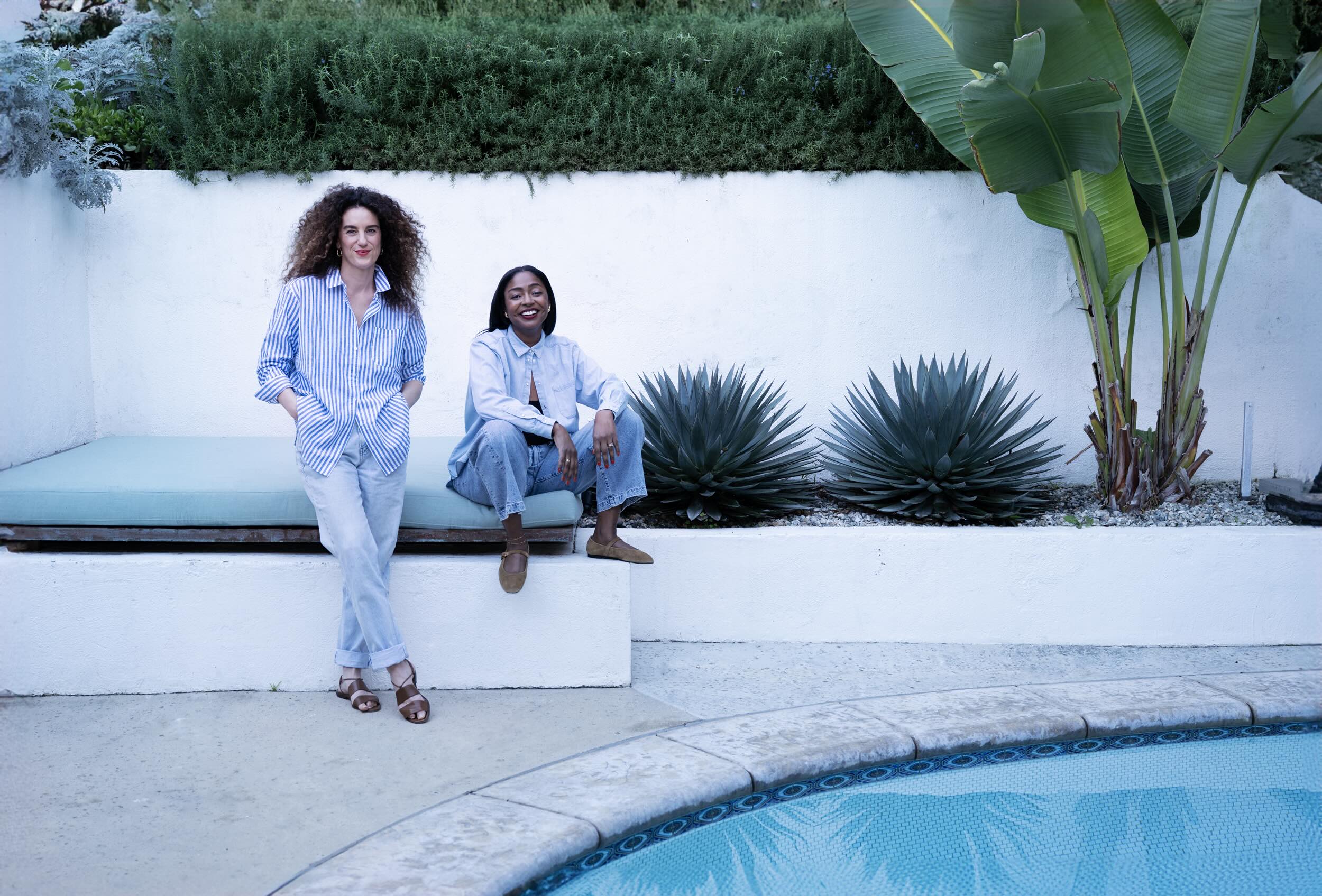
In its first year in business, Hashim projects Good Weather Skin could generate sales in the “low seven figures.” The brand has raised slightly under $1 million in funding from undisclosed angel investors. It’s paying attention to financial discipline out of the gate, and among the four fractional consultants teaming up with Hashim and Spunt on it is a financial consultant charged with financial and operational modeling. Beyond Nordstrom, lifestyle boutiques and online retailers are on its distribution roadmap.
Sensing the divide between sun care and skincare is collapsing, at least with avid skincare consumers, retailers have pounced on the growth opportunity by building their sun care selections. According to Fortune Business Insights, the global sun care segment is expected to advance at a compound annual growth rate of 5.35% to go from $15.47 billion in 2025 to $22.28 billion by 2032. Along with Good Weather Skin, Nordstrom carries Dune and Vacation. Sephora recently picked up Ultra Violette and Lightsaver, and Ulta Beauty has Dune, Naked Sundays, Vacation and Black Girl Sunscreen.
“People are going to make their buying choices on the quality and the experience of the product.”
To support its launch, Good Weather Skin is dabbling in paid social media advertising, but the primary focus is on organic marketing on Instagram and TikTok. The brand is seeding its products to a couple hundred influencers with a heavy emphasis on those in the lifestyle space, although makeup artists and beauty content creators are part of the effort. Hashim says, “They have to be able to understand your brand because ultimately they become the message.”
Good Weather Skin’s name doesn’t isolate it to the sun care category, but it’s staying in it for the foreseeable future. Next up for its product lineup is a sunscreen designed to deliver a warm glow for the summer. For the winter, the brand is striking a collaboration on a heavier sunscreen to provide moisture in the dryness-inducing months. Body oil and lightweight body lotion are in the pipeline as well.
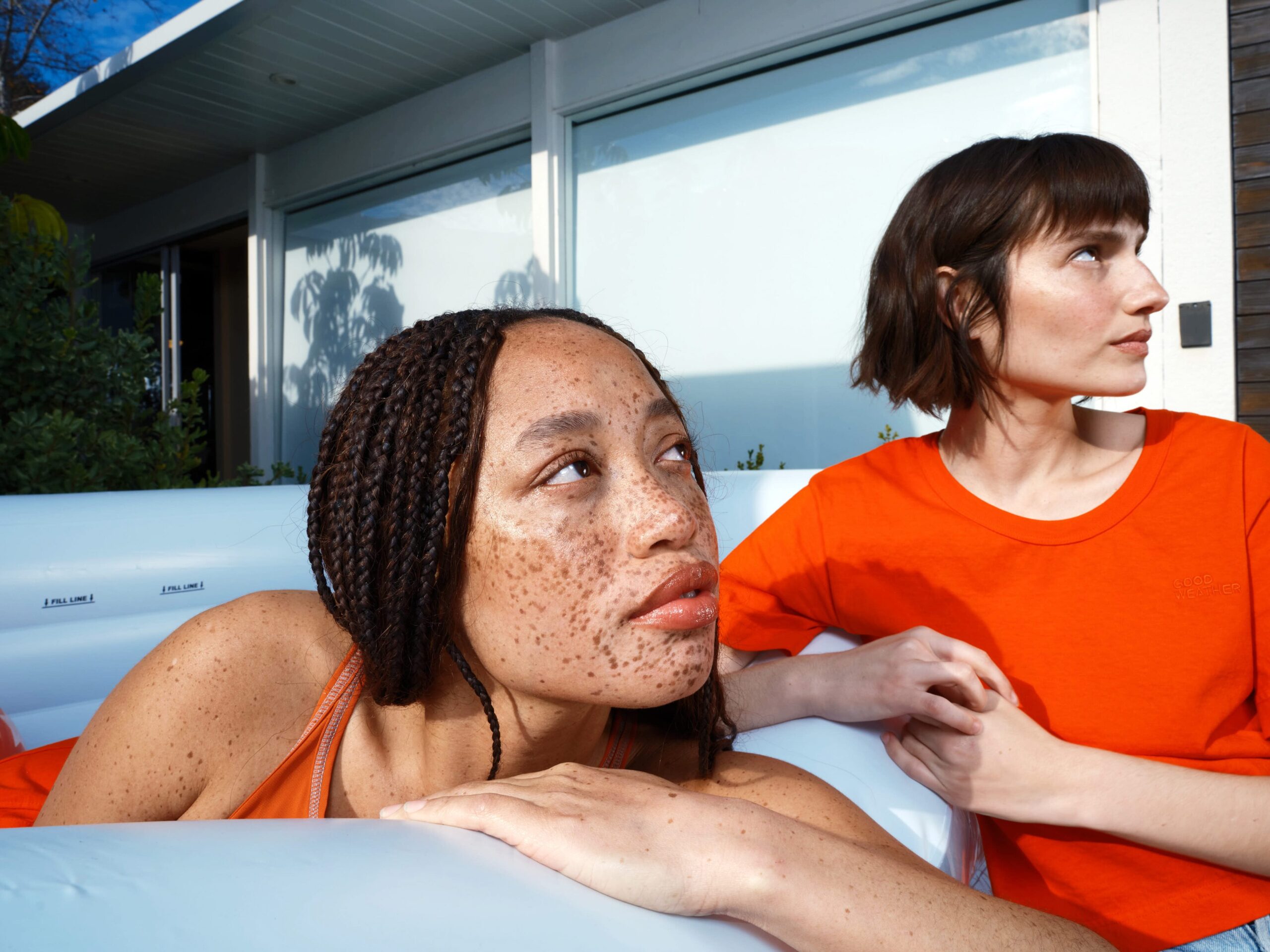
While Good Weather Skin describes itself as “clean” and is in the process of achieving certification from the Environmental Working Group, an environmental and health advocacy organization that’s criticized by clean beauty detractors as overstating the risks of certain chemicals in beauty products, those aren’t selling points it leads with. Drawing upon their tenures at Everlane, a pioneer of radical pricing transparency, they’re concentrating on getting the product right and communicating what it’s doing right for society is secondary.
“What we saw is product drives sales, and then transparency and sustainability is something I think that makes people feel good about the products they buy and makes people talk about them more,” says Spunt. “But ultimately people are going to make their buying choices on the quality and the experience of the product.”


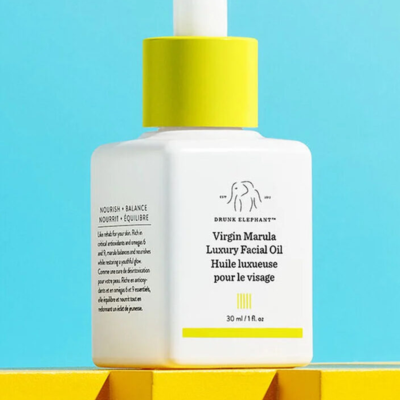

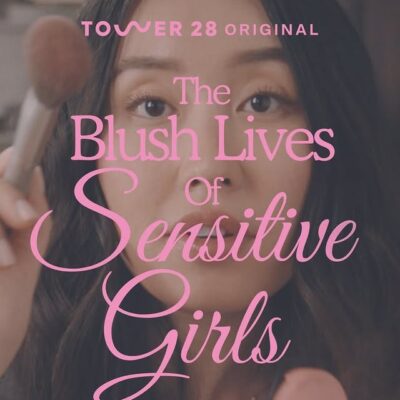
Leave a Reply
You must be logged in to post a comment.